
Salar de Uyuni is undoubtedly one of the world’s most magical destinations. Taking a tour to the world’s biggest salt flats, a white sea with 12.000 km2 of salt, and getting lost in its mesmerizing landscapes is a lifetime experience.
One peculiarity of Salar de Uyuni is that depending on the season you are travelling, the landscape can completely vary. So you may be wondering: when is the best time to travel to Salar de Uyuni? We have some pieces of advice to help you decide when to visit Salar de Uyuni
Anyway, each season offers a unique perspective and features, so no matter when you take a Salar de Uyuni tour, you can't go wrong when visiting this wonder of nature.
Rainy Season (December - April)
From November to April, Salar de Uyuni offers a unique sight with a mirror effect where it appears that you are walking on the sky.
This is the season where an authentic watery sea can be admired. Rain covers the entire salt desert and you will be able to walk on the water and take dreamlike photos where earth meets sky. However you may not be able to visit Isla Incahuasi due to wet conditions. Also, the heavy rainfalls can make trips more difficult to do
Take into account that you will be walking on water, so don’t forget your flip flops or water boots! Also note that in recent years, climate change is delaying the rains until January/February whereas it should already be raining in December, so take this into account when planning. The best you can do is check with a local contact closer to the date you are planning to travel to get first hand information regarding the current weather. In this other article you can find our tips on what you should bring when travelling to Salar de Uyuni.

“Who has put a giant mirror on Earth? Oh look, I’m walking on the sky!”
Dry Season (May - November)
The dry season deserves no less attention. It offers a look that seems to belong to another planet thanks to its octogonal salt formations. An endless white salt sea, where the horizon is lost in the sky. You will also be able to visit Isla Incahuasi, a rock full of giant cacti that provides an excellent set for hiking. You could also encounter snowfalls during the months of July and August, providing a beautiful sight of snow-capped mountains.
Whereas in the rainy season you can shoot photos with a mirror effect, it’s the dry season when you will be able to play more with perspective and obtain some really creative and fun photos.

Playing with perspective will allow you to make a hipo eat our 4WD!
We strongly encourage you to bring your own props and photography material, and lots of great ideas. But worry don’t as we will provide you tons of wonderful ideas for some unforgettable photos to show back those at home - if you honor us by joining any of our Salar de Uyuni tours.
As you can see, every season has its own advantages and disadvantages, depending on what experience you are looking for. Salar de Uyuni is a not to be missed experience in Bolivia. Enjoy!








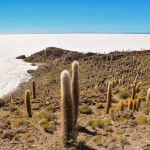


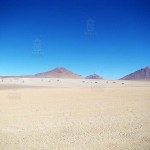
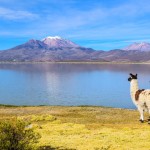
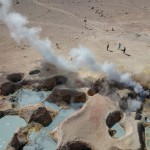





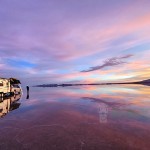





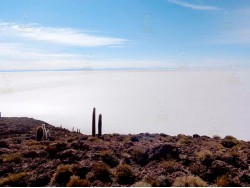


Leave a Comment